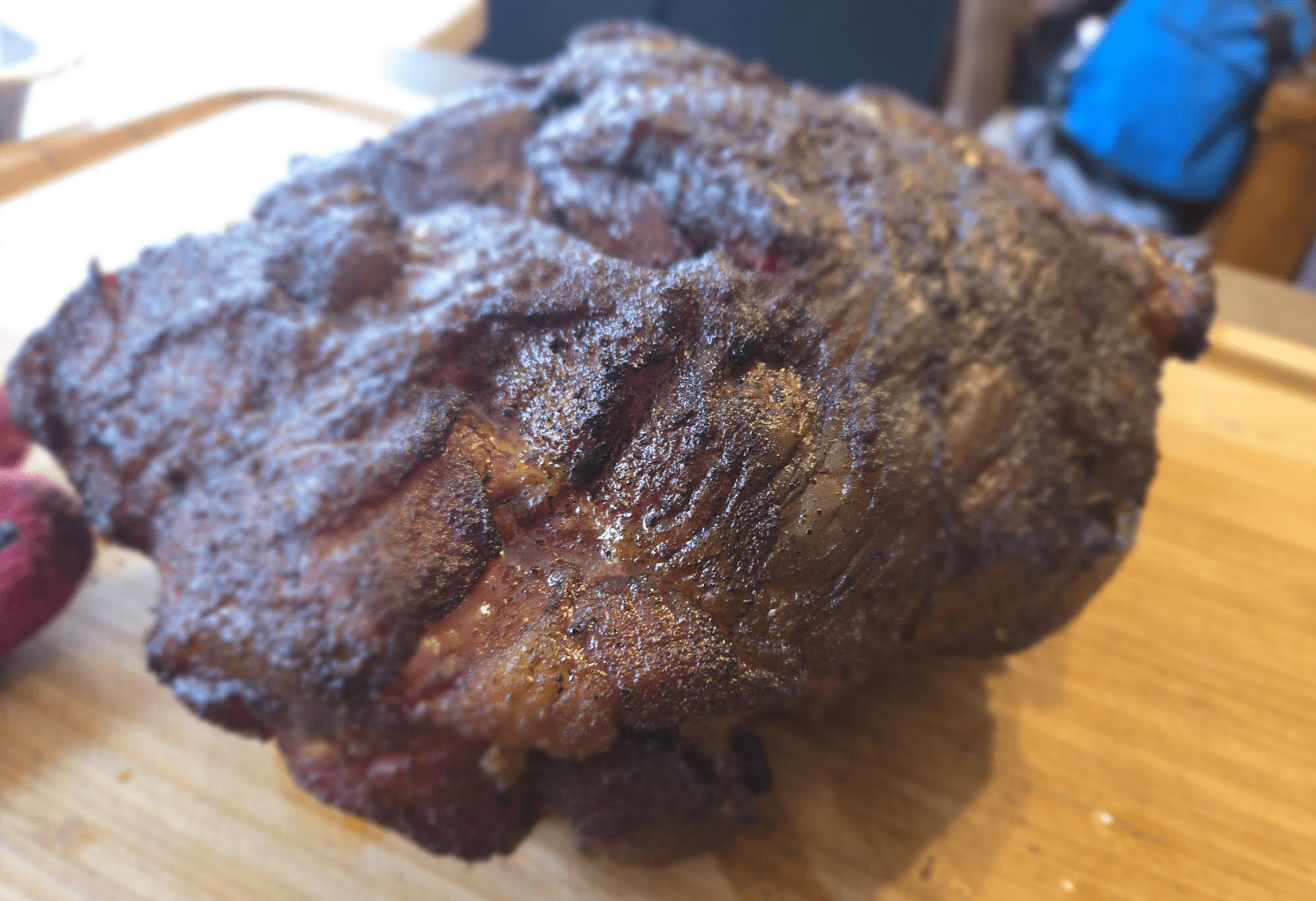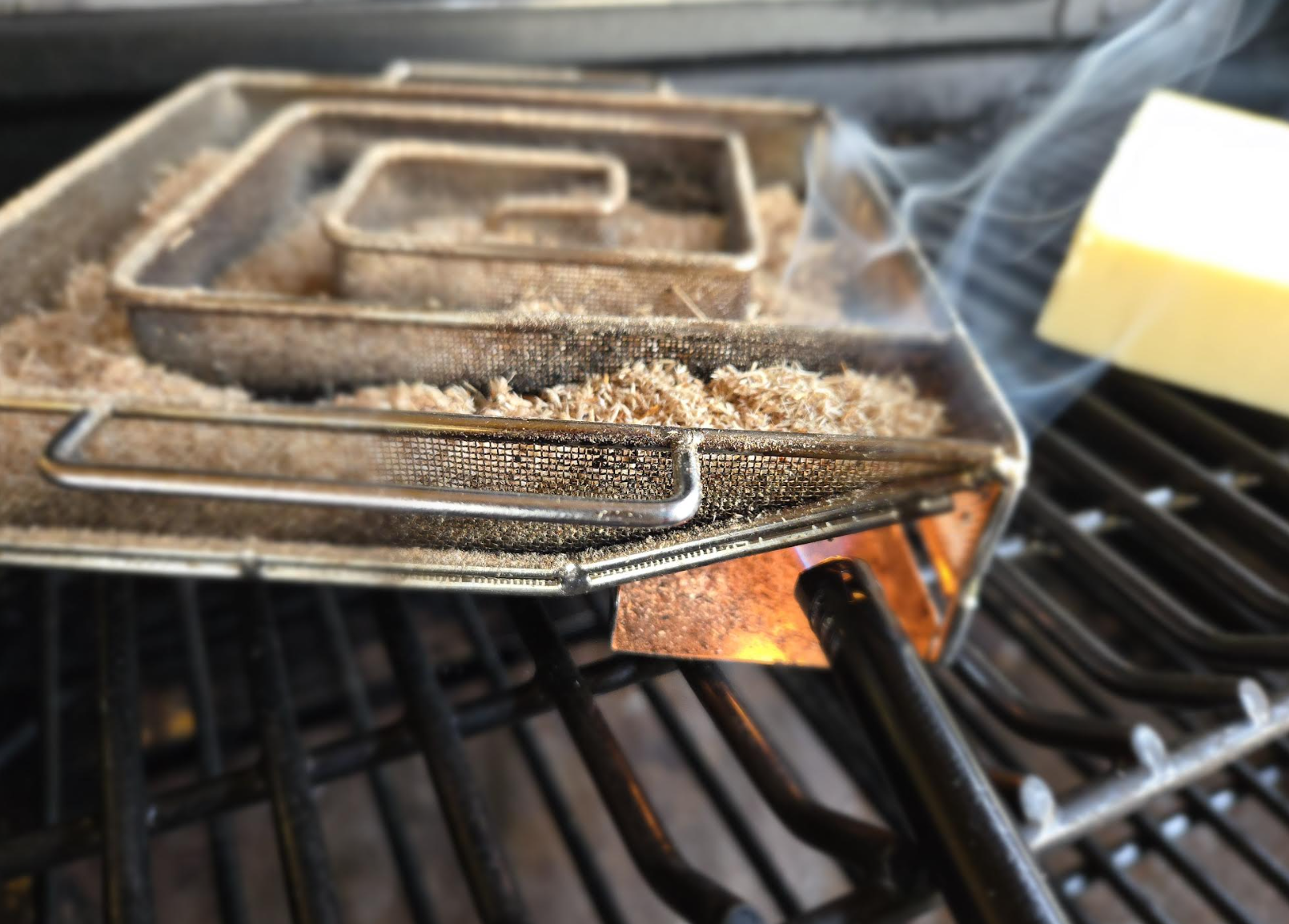For BBQ enthusiasts, smoking pork shoulder is a long-standing tradition. Understanding the steps will help you consistently cook delicious barbecue, regardless of your level of experience.
This guide covers it all, from choosing your pork to preparing it to setting the smoker and perfecting it. And, it’s easier than you think to get started.
Pork Shoulder: What Is It?
The upper part of a pig’s forelimb is used to make pork shoulder. It’s a well-marbled meat perfect for slow cooking. As the pork cooks slowly over several hours, the marbling keeps it juicy and flavorful. It’s also known as a Boston Butt.
Selecting the Right Pork Shoulder for Smoking
You should consider the following elements when choosing your pork shoulder:
Size: The average weight of pork shoulders is six to ten pounds. The number of people you’re serving determines the appropriate size. Eight to ten people can be fed by a 7-pound shoulder, while larger cuts are better suited for larger parties.
Bone-in versus Boneless: When smoking, bone-in pork shoulders are often preferred because the bone improves the meat’s flavor and helps distribute heat evenly. However, I personally prefer boneless cuts.
Quality: Choose premium pork, ideally from a reliable supplier or butcher. Pigs from heritage breeds or those raised on pasture typically have better flavor and texture. Expect to pay around £30.
Getting the Pork Shoulder Ready
It’s time to get your pork shoulder ready for smoking. Here’s how:
- Trim the Fat Cap: A thick coating of fat on one side of the meat is called a “fat cap,” and it is present on many pork shoulders. You don’t need too much fat, even though some is required to keep the meat moist while it cooks. Trim the fat cap to a thickness of approximately ¼ inch. A tip is that any white fat that is hard — get rid of. You want the fat to render and so anything too hard will not work well.
- Seasoning: The foundation of barbecue is seasoning. A good rub can produce a delicious crust and bring out the natural flavors of the pork. Salt, pepper, onion powder, garlic powder, and paprika make up a basic rub. You can add chili powder for spiciness or brown sugar for sweetness. I really like Angus and Oink’s Sweet Bones and Butts, and Traeger, too, has some great options.
Applying a dry rub is easy, and as the pork smokes, its flavors get stronger. To add flavor and moisture, some barbecue enthusiasts inject marinade into their pork. Although optional, this step can significantly improve the flavor. An excellent option is a mixture of apple juice and cider vinegar. Or, keep it simple with some beef stock. - Resting: After seasoning, place the pork shoulder to sit at room temperature for approximately half an hour until it reaches room temp. You can then wrap and store in a cooler to rest and stay warm, or serve! I recommend you allow pork shoulder to rest for at least an hour, if you have the time. Then grab a pair of gloves and pull it apart!
Setting Your Smoker Up:
Setting up your smoker properly is essential for good results. Maintaining a constant, low temperature is essential whether you’re using an electric, wood, or charcoal smoker.
- Temperature: 225°F to 250°F (107°C to 121°C) is the ideal temperature range for smoking pork shoulder. This slow cooking technique produces a tender, juicy roast by allowing the collagen in the meat to break down and the fat to render.
- Wood Selection: Your smoked pork’s flavor profile may be influenced by the wood you select. Different flavors are imparted by different types of wood. To get a well-rounded flavor, many BBQ enthusiasts blend different kinds of wood. For pork shoulder, applewood and cherry wood work very well together. I like apple, personally.
- Fire Fuel: You will want to cook this indirectly. For indirect heat, place the charcoal on one side of the smoker and leave the other side coal-free. Keep the fire under control in wood smokers to keep the temperature constant.
- Moisture: A moist cooking environment is helpful for smoking pork shoulder. In order to keep the meat from drying out, some smokers come with built-in water pans. As an alternative, you can keep the pork moist throughout the smoking process by spritzing it with vinegar, water, or apple juice every hour or so.
Smoking Pork Shoulder:
Put the pork shoulder on the grill when your smoker is ready:
Placement: Place the pork shoulder, with the fat cap facing up, on the smoker. The fat will render as the pork smokes, preserving the meat’s moisture content and adding flavor. Don’t put any other meat underneath it — the last thing anyone wants is pork juice over their brisket!
Smoking Procedure: Let each pound of pork shoulder cook for approximately one and a half to two hours. Generally, I find it will take 8 – 10 hours for a larger cut. I wrap (butcher’s paper or foil) at around 165°F with a little beef stock, and then once it’s reaching probe tender, I open it up and allow the bark to reharden if necessary.
The Stall: If the internal temperature of the pork shoulder stalls at about 150°F (65°C), don’t panic. This phenomenon, known as the stall, occurs when the meat cools down due to evaporation of its moisture. Pitmasters use ‘The Texas Crutch’ to speed the process by wrapping the shoulder in aluminum foil or butcher paper.
Checking Temperature: A meat thermometer is the most accurate tool for determining whether your pork shoulder is done. A temperature of 195°F to 205°F (90-96°C) is the ideal internal temperature. But don’t pull it until your meat, at its thickest part, is probe-tender. Probe tender first, timing second.
Pork Shoulder Pulling and Resting:
Take the pork out of the smoker when the internal temperature reaches the desired level. Give it time to rest.
After resting it, it’s time to pull the pork. Shred the pork into bite-sized pieces with two forks or your hands (wearing gloves if needed). If the meat has been smoked correctly, it should come apart easily.
And don’t forget — if you’re looking, it’s not cooking.
Need Texas-style BBQ catering in Canterbury or the surrounding area? Reach out for custom event packages.



